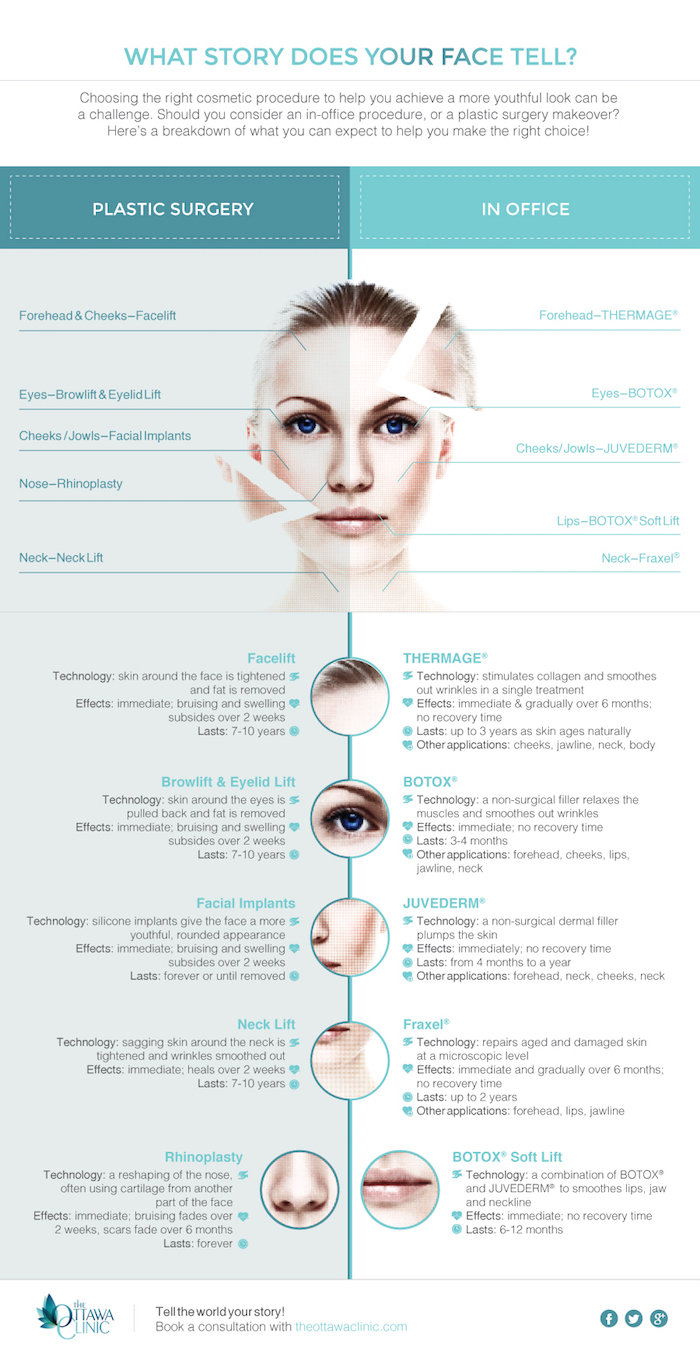How To Track Acne Triggers In Your Diet
How To Track Acne Triggers In Your Diet
Blog Article
Hormonal Acne - What is Hormonal Acne?
Hormonal acne is identified by stopped up pores and oily skin that normally appears on the chin and jawline. It takes place when hormone changes trigger swelling and bacterial overgrowth within hair roots.
Outbreaks might look like whiteheads, blackheads, papules or pustules and cysts or blemishes in more severe cases. It is more common in teens undergoing adolescence however can impact adults of any type of age.
What Triggers Hormonal Acne?
While acne can be triggered by a range of elements, including using hair and skin care products that aren't oil-free or made with ingredients that could clog pores, hereditary proneness, diet regimen,2 and stress and anxiety, the origin is rising and fall hormonal agents. Hormone acne takes place when the body experiences hormone modifications and changes that cause an overflow of sebum, which triggers inflammation, enhanced growth of microorganisms and adjustments in skin cell task.
Hormone acne is commonly discovered on the lower jawline, cheeks and neck however can appear anywhere on the body. It is characterized by blemishes that are cystic, painful and filled with pus or other product. It is likewise most likely to occur in women than males, specifically throughout adolescence, the menstrual cycle, pregnancy or menopause.
Age
While many children experience acne at some time throughout adolescence, it can continue to afflict adults well right into their adult years. Referred to as hormonal acne, this form of outbreak is linked to changes in hormones and is generally most common in females.
Hormone acne happens when oil glands produce way too much sebum, which blocks pores and traps dead skin cells. This leads to the development of acnes, such as whiteheads, blackheads and papules, pustules, cysts or nodules, deep under the surface.
This sort of acne frequently causes discomfort, inflammation and inflammation. It might likewise be cyclical and show up around the very same time each month, such as right before your duration starts. This is because degrees of women hormones like progesterone and oestrogen fluctuate with each menstruation.
Menstrual Cycle
Hormonal acne commonly appears in the lower part of your face, along the jawline and cheeks, as whiteheads, blackheads or inflammatory acnes (pimples and cysts). It's more than likely to show up around the time when your menstruation adjustments.
Particularly around ovulation, when estrogen and progesterone degrees get on the rise, hormonal agent changes can cause outbreaks. However it's also feasible to get acne at any kind of point during your 28-day menstruation.
If you discover that your hormone acne flares up right before your duration, try seeing when precisely this happens and see if it connects to the phases of your 28-day menstrual cycle. This will certainly help you identify the root causes of your skin problems. For instance, you might wish to work on stabilizing your blood sugar and removing high-sugar foods, or think about a prescription drug like spironolactone that can control your hormones.
Maternity
Growing a child is a time of dramatic hormone modifications. For many ladies, this consists of a flare-up of hormonal acne. This sort of breakout commonly begins in the initial trimester, around week six. It's brought on by hormone rises that promote sweat glands to make more oil, which can obstruct pores and cause even more bacteria to accumulate.
Outbreaks may additionally happen as a result of pre-existing problems like polycystic ovary syndrome, which can additionally be a problem while pregnant and menopause. Also, some kinds of birth control pills (such as Ortho Tri-Cyclen and YAZ) can activate hormonal acne in some ladies.
The good news is, a lot of acne therapies are "no-go" for expecting females (including prominent acne-fighting ingredients such as isotretinoin and spironolactone). However if you can not avoid those aggravating bumps, your doctor might prescribe dental erythromycin or cephalexin, which are secure during pregnancy.
Menopause
As females approach menopause, the estrogen levels that created their hormone acne to flare up throughout puberty start to maintain and decrease. At the same time, nevertheless, a spike in androgens (also known as male hormonal agents) takes place because these hormonal agents can not be converted into estrogen as successfully as in the past.
The excess of androgens morpheus8 can activate oil manufacturing by the sebaceous glands, which blocks pores. When the clogged up pores become irritated and aggravated, an acne forms.
Hormone acne is commonly seen on the face, particularly around the chin and jawline, however it can take place on the neck, back, shoulders, or chest. This kind of acne has a tendency to flare in a cyclical pattern, similar to the menstruation. Stress and anxiety, which increases cortisol and throws hormonal agents out of equilibrium, additionally contributes to the breakouts.